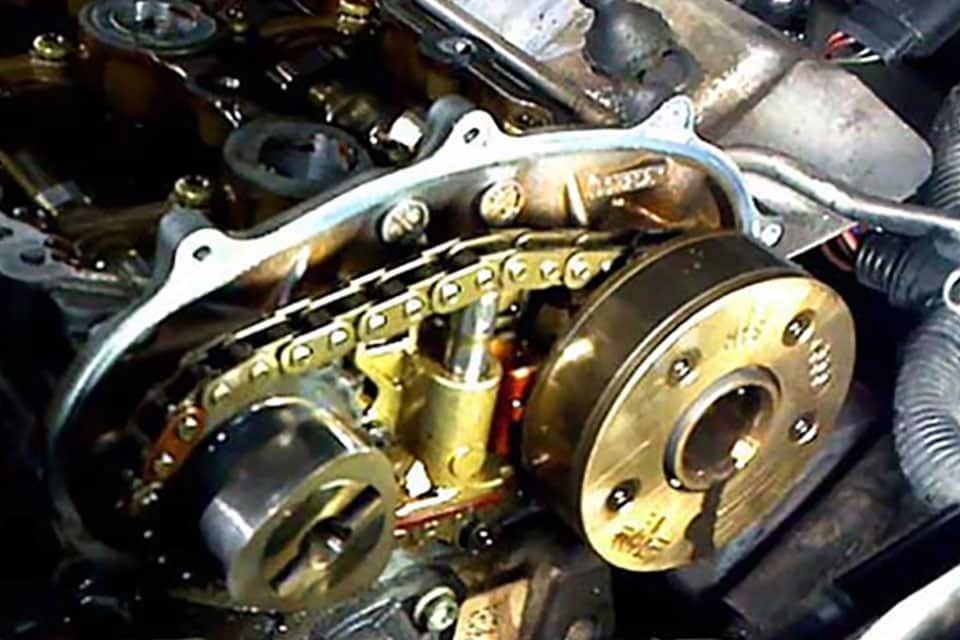

The moment that the crankshaft and camshaft mistime is when the engine completely loses its ability to move air, fuel, and exhaust into and out of the engine.

Mud, snow, rocks and dirt should never be able to access the timing components.Īs you can imagine, everything timing related needs to be installed very precisely or engine compression will be lost and internal engine damage could potentially be caused. These keep the camshaft timing safe no matter what the conditions are outside of the engine. Timing belts and chains are always hidden behind plastic or metal timing covers. They are not something that you can see when you open your hood. Timing belts and chains are the devices that make the connection between the crankshaft and camshaft(s). Ignition timing is the relationship between the ignition spark and the crankshaft rotation. Now, don't get mechanical timing confused with ignition timing, they are two totally different things. Without the proper timing of these parts, the engine just won't work. Naturally, you need the intake and exhaust valves to open at a very precise time in relation to the pistons. This, in turn, is really just controlling the movement of the valves and pistons inside the cylinders. "Mechanical timing" is what we call the relationship between the rotation of the crankshaft and camshaft(s). In one complete four-stroke process, the crankshaft rotates twice and the camshaft(s) will spin once. It is called a four-stroke engine because it has an intake, compression, power, and exhaust stroke during the combustion process.

The majority of cars on the road have four-stroke gas engines. Then we can get to the good stuff, like what timing belt and timing chains are and how bent valves, broken pistons, and other mechanical carnage can break if the timing belt or chain does. We'll explain what mechanical engine timing is and why it is needed in a four-stroke internal combustion engine. Timing belts and timing chains that it is tough to know where to start.


 0 kommentar(er)
0 kommentar(er)
